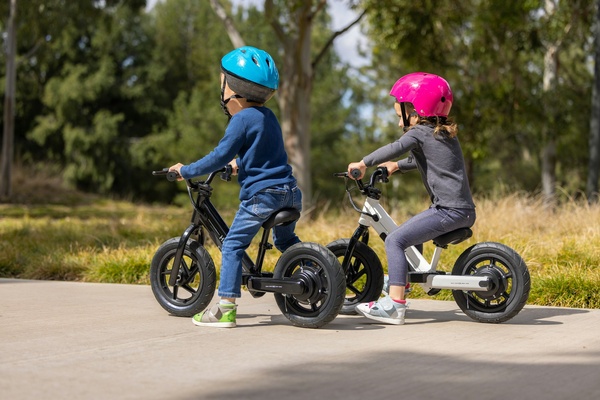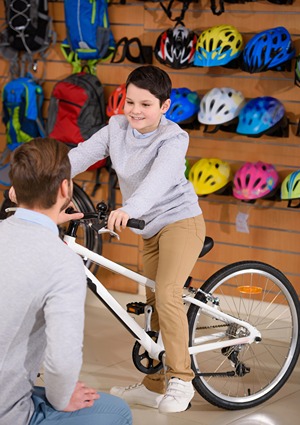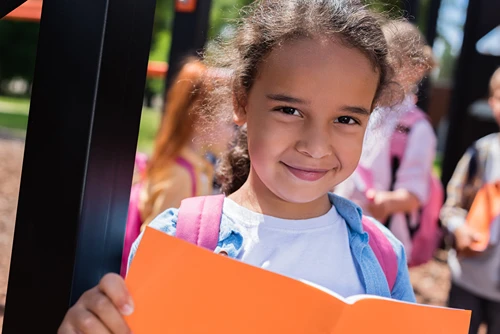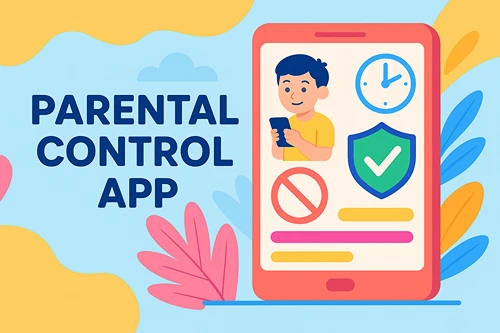How to Cultivate a Lifelong Passion for Biking in Your Child
Introducing children to biking can spark a lifelong passion that nurtures their physical health, independence, and love for the outdoors. Starting early is key; it’s not just about teaching them how to ride but about fostering a positive and enjoyable experience.
Rutgers University research indicates that kids who begin biking to school at a young age are more inclined to maintain this healthy habit. The study found that over 75% of children who engaged in active commuting initially kept up the practice two to four years later. This implies that early active commuting can have long-term impacts on children’s behaviors and health.
The joy of biking can become a cherished activity if approached with enthusiasm and patience. By creating memorable experiences and emphasizing the fun aspects of biking, you can help your child develop a lasting appreciation.
Consistent encouragement, safe practices, and the right equipment play essential roles in nurturing this passion. It’s a journey that, when done right, leads to a lifelong love for cycling. Here’s how you can make biking an integral part of your child’s life.
Start Early and Make It Fun
Introducing your child to biking at a young age can set the stage for a lifelong love of the sport. Begin with a balance bike or a tricycle to help them develop balance and coordination before transitioning to a pedal bike.
All Kids Bike notes that children aged 4-12 are particularly adept at learning new skills, including riding a bike. This age range is optimal for acquiring new physical abilities, despite the inevitable falls and challenges associated with learning to ride a bike. Although it’s natural to have concerns about their readiness, this period is ideal for fostering biking skills.
Ensure their first experiences are enjoyable by choosing safe, friendly environments like parks or quiet streets. Celebrate their progress with praise and small rewards to build confidence and enthusiasm.
Organize family bike rides to make biking a fun, shared activity. Allow them to explore at their own pace and focus on the joy of riding rather than technical skills. Creating positive associations with biking will encourage them to continue as they grow.
Invest in Quality Equipment
Selecting the right bike and equipment is essential for your child’s safety and fun. Make sure the bike fits them properly, so they can reach the ground with their feet when seated on the saddle.
Choose a properly-fitting helmet and think about adding knee and elbow pads for extra protection. High-quality gear not only improves safety but also increases their self-assurance.
Cleveland Clinic points out that wearing a helmet while biking lowers the likelihood of severe head injuries by 60%. Helmets also reduce the number of cyclists who are killed or seriously injured by 34%. This underscores the significant protective benefits of helmet use for cyclists.
Maintaining the bike regularly will guarantee that it stays safe to ride and in good shape. Make bike shopping a fun experience by involving your child in the process. Let them pick out accessories or colors that excite them to foster a personal connection with their bike.
Protecting Your Child’s Right to Safe Cycling
Ensuring your child’s safety while biking is critical. Educate them about the importance of wearing a helmet and following road rules.
HealthyChildren.org notes that many people overlook the fact that hundreds of thousands of children are seriously injured in bicycle falls annually. Sadly, tragedies occur in some of these situations. This highlights the critical importance of safe biking practices to prevent such injuries and deaths.
Set clear boundaries for where they can ride and supervise them in busy areas. There are many types of bicycle accidents that can cause serious injuries. Many concerned citizens and organizations advocate for safe riding environments, but educating your child is a parental responsibility in this context. You can create a secure environment that encourages continued enjoyment of biking by prioritizing safety.
According to Freeman Law Firm, Inc., a lawyer specializing in bicycle accidents can help navigate legal issues and ensure their rights are protected. Advocating for safe biking environments and understanding legal protections can give both you and your child peace of mind.

Encourage Social Interaction
Biking can be a great way for your child to make friends and build social skills. Join local biking clubs or groups that are child-friendly, offering them the chance to ride with peers. Group rides can make biking more enjoyable and provide a sense of community.
Arrange playdates that include biking activities or organize family biking outings. Social interactions can motivate them to keep biking regularly and learn from others. Encourage your child to share their biking experiences and achievements with friends. These social connections can reinforce their passion and make biking a shared, enjoyable activity.
FAQs
When is the ideal time to purchase a bike for a kid?
Depending on the child’s level of physical coordination, the ideal age to purchase a bike for them is between 3 and 5 years old. Before switching to a pedal bike at this age, kids might begin by honing their balance and steering abilities on a balancing bike. A lifetime passion for riding can be fostered by introducing children to bicycling at a young age and helping to create a joyful experience.
What size bicycle helmet is required for my child?
Using a tape measure, measure your child’s head circumference just above the eyebrows to determine the proper size bike helmet. To choose the right size, compare the measurement to the manufacturer’s given helmet sizing chart. The helmet should fit snugly but comfortably, with no more than two finger-widths of space between the helmet and the eyebrows.
How can cycling help people with socializing?
Cycling can enhance socialization by providing opportunities for group rides and biking events where individuals can connect with others who share their interests. You can develop new connections and a feeling of community by taking part in family trips or joining riding groups.
It takes more than just teaching your child to ride a bike to instill a passion for riding in them. It’s about creating a foundation of positive experiences that build confidence and a sense of adventure.
By prioritizing safety, fostering social connections, and making biking a fun family activity, you can help your child develop a lifelong appreciation for biking. They begin living a healthier lifestyle and developing a stronger bond with their environment as a result.






